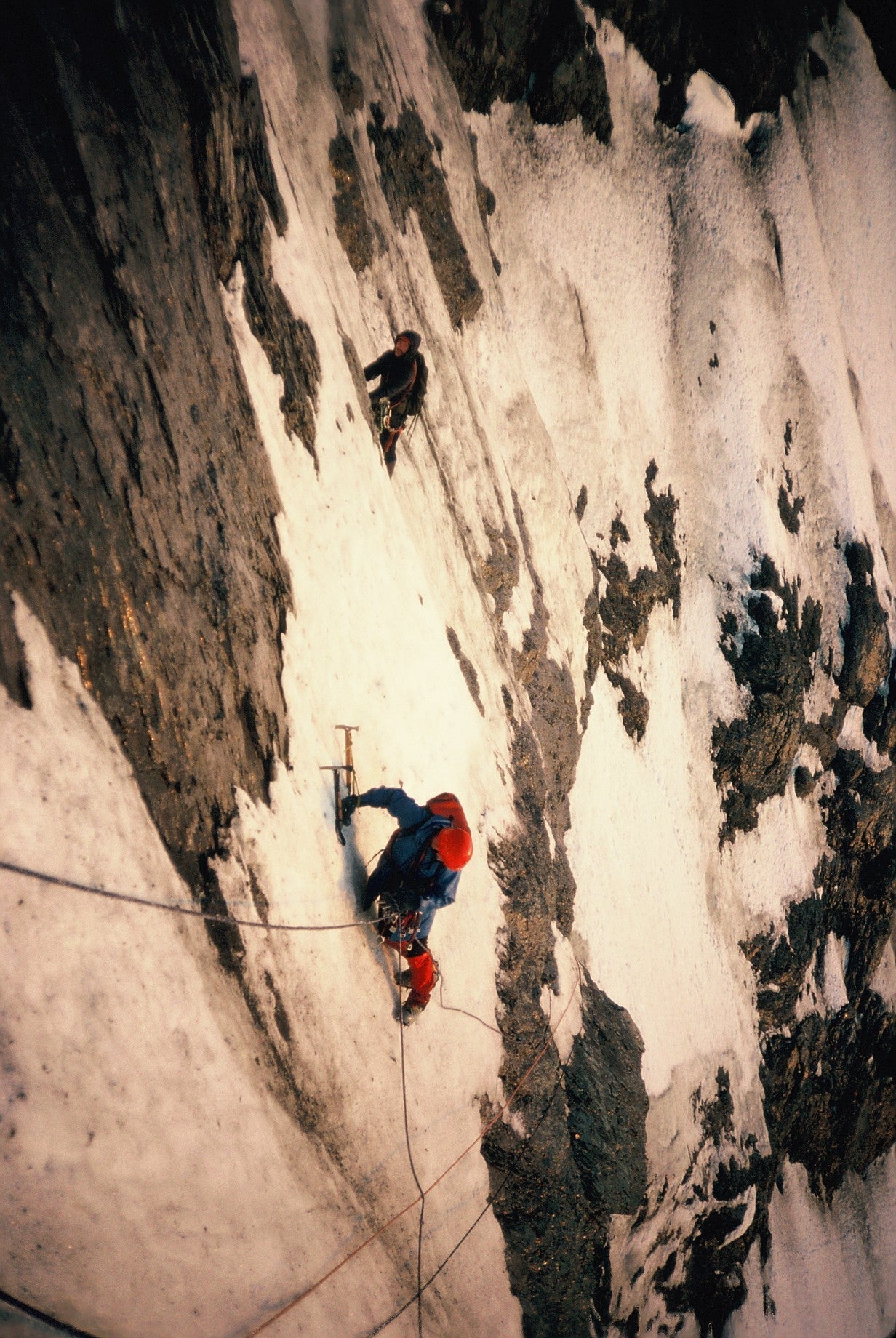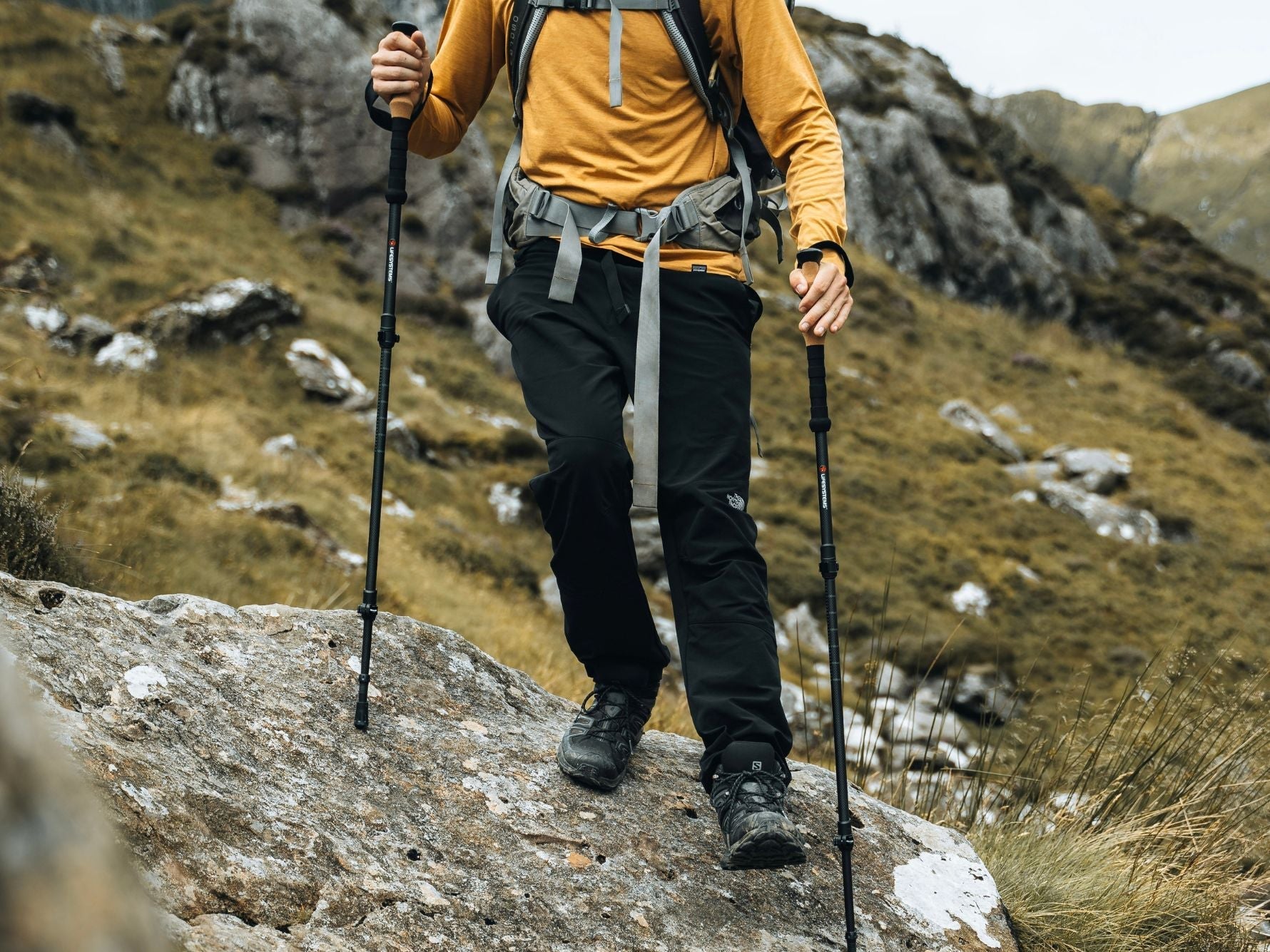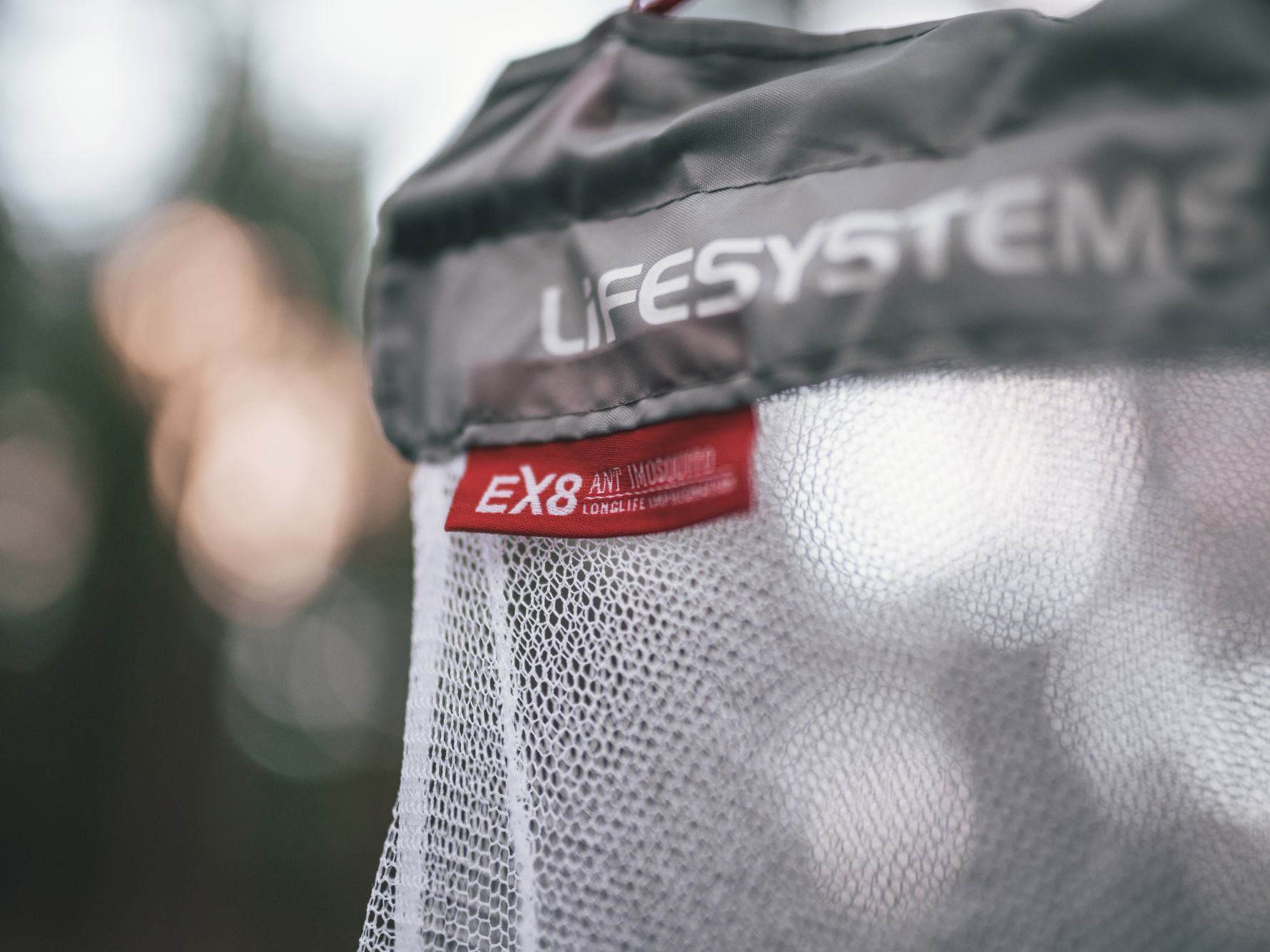2015 Part 2 by Jerry Gore
- Adventurers
- Blog
- Charity


My original plan, set back in mid-Feb last year, was to attempt to beat the fastest recorded time for an 1800m party ascent of the Eiger's North Face- However, after our setback on April 21st with 4 hours of setbacks in forms of queues and slower climbers, we realized our goal had changed. With many people struggling on the route, and the face already beginning to fall apart as day time temperatures soared, a one day ascent of The Eiger was now the challenge.
The weather forecast for the next day was grim and my partner Calum Muskett had just one day left before he had other commitments- meaning the day had to be today. I was more tired than I had predicted after descending at least a third of the route and suffering from a bad diabetic hypo (1.8mmols of sugar) on the first attempt. One-day ascents of The Eiger are still rare and highly prized, and so that became the focus.
On 22 April we set off at 2am from The Eigergletscher at a respectable pace soloing up to the Difficult Crack. I felt tired and yet still very frightened - I had slept little after our first attempt reliving the horrors of climbing unroped on steep mixed ground straight after a bad diabetic hypo - the equivalent of being/feeling like you are close to fainting. Another wait at The Difficult Crack for teams above us and then we were alone on a big ugly mountain face, which since its first ascent in 1938, has been responsible for more than 80 deaths.
We moved efficiently as a roped team and after climbing through the difficult "Ramp" section, surviving the "Brittle Ledges" (a horror show of loose unprotectable cat litter!) and running up "The White Spider", we caught another team up at "The Quartz Crack". I led up to the Exit Cracks which were almost melted out and as we climbed in bright sunlight I reflected on what a Swiss Mountain Rescue member had told me the day before after helicoptering off a slow climber on the face; "It is too warm to climb Eiger now, you must be at Spider by 3 or (its) too late."

He was right. We were climbing The Eiger right at the end of the season and it was already becoming almost too dangerous. Honestly we were lucky to be climbing it at all. Many many climbers have tried countless times to climb The Eiger and failed, mostly due to bad weather or bad conditions on the climb. Even my partner, the super-successful Calum who is 30 years my junior, had tried this route before but had met with failure. And if you don’t believe this guy has an amazing track record check out his website - hugely inspiring: www.muskettmountaineering.co.uk
By 16.00 we were on the summit slopes. I tried to emulate Ueli Steck in his video when he ran up the final section but sadly I couldn’t. I was tired. Then, suddenly, we had reached the summit ridge. Another slow 30 minutes ensued as we followed behind 3 more teams and we were on top. Total time on route- 12.05 hrs. Time lost through waiting- about 2.30 hrs. Time lost through injecting and testing- no more than 30 minutes. Time spent route finding- 30 minutes. So roughly total hours climbing about 8.30hrs. I was ok with that, given the lean conditions in The Ramp, but in my heart I wanted to know what one of Britain's best alpinists today thought about me and my climbing fitness. And in a quiet moment after the climb Calum just said "you moved fast Jerry - no problems". Huge relief and a lot of emotion as I felt my heart pound deep inside - lucky I was wearing sun glasses!
My Eiger climb soon raised more than £15,000 with fundraising events in Asia, France, and the UK. The money was for my charity Action4Diaetics (A4D)- and the decision on exactly how we would spend the monies was made very easily. Just 3 days after my Eiger climb, Nepal’s worst earthquake in living memory kicked off. I was already supporting a diabetic clinic for young people in the Kathmandu Valley, and so Patan Hospital quickly became A4D’s primary focus, as they desperately needed diabetic medication following that cataclysmic natural disaster.
2015 continued at its own self-generated hectic pace. Straight after my father’s funeral, a busy 10 day schedule of talks and fund raisers in Thailand followed in +40C heat, and then a multi-activity school course for 60 students. By mid-June, the summer season for my company AlpBase.com had started, with 14 chalet and apartment rentals and up to 65 guests a week all wanting attention. Then on the 14th July, at the height of our season, I got one of THOSE emails! It was from one of my oldest mates, chalk climbing legend Dave Pegler:
How’s your riding going Jerry? Fancy a challenge?? I’ve an idea for a mega ride….which I’ve called ‘La Grande Boucle’ (180 miles and nearly 26,000 ft. of climbing).Would I be right in thinking clockwise would be best?
Thoughts?
Dave
And so it began…… The Ecrins Cycle Challenge - 26 Sept 2015 – Maybe the hardest amateur road cycling challenge in the World! We were just six road cyclists, led by Trans-continental cycle specialist Dave Pegler (well he had the idea!). The plan was to cycle around the largest national park in France – Les Ecrins - within 24 hours to raise money for and coincide with the launch of our new A4D website.
The worst bit was that Dave was wrong. Badly wrong! The distance was actually 215 miles (340Km) in distance and over 10,000m. of ascent, All within one day and one night, and all sitting on my sorry arse!!
The Ecrins tour had never been done before, and no diabetic has ever previously attempted such an endurance fest on a road bike. I knew it was going to hurt – a lot- but how could I refuse? The route started and finished in my home village of Vallouise!
The purpose behind the challenge, as always with me, was to raise money for my charity A4D to help young children with Type 1 Diabetes in Myanmar (former Burma). In this very impoverished country young people with diabetes find it extremely difficult, if not impossible, to pay for the insulin and other diabetic medication necessary to control this chronic condition. Myanmar is not a rich country. The cost of diabetes treatment is well beyond the means of most families and so children as young as 5 die slow, painful deaths that could totally be avoided.
Like most “Jabbers” I stick a needle in my body at least 5 or 6 times a day. I weigh all my carbs and take great care with what I eat yet experience repetitive hypoglycaemic dizziness and exhaustion on an almost daily basis. And falling into a diabetic coma as a result of a severe night time hypo can occur any night of the week! Can you imagine how hard it is for a family with a young child with diabetes living in a simple wooden shelter without even the basics such as running water, or a fridge to keep their insulin cool?
Early starts and late finishes became my daily summer programme as I tried to fit in riding 300km a week with more than 2,500m. of ascent, around my hectic schedule of running AlpBase. My wife Jackie was a great support as always, and without the help of my family I could never have done it. Thankfully September soon reared its ugly head, and then seemingly, in one huge sweep, everything happened at once!

First I got the invitation to join The IDF Blue Circle Champions programme. There are only 16 Blue Circle Champions and they includes sport superstars such as Sir Steve Redgrave! The IDF or International Diabetes Federation looks to its Champions to inspire the almost 400 million people who are living with diabetes today.
Then on 24 September, 2 days before our cycle marathon, the weather set in, making our Ecrins Cycle Challenge a whole lot harder! Now there was snow above 2000m, many of the mountain cols we would be riding over were covered. Dave Pegler, just back from an epic training ride, sent me an image that literally sent shivers down my spine – it showed him hunched over on the Col Iseran at 2,700m in a real snow blizzard. Wearing just Lycra! Our challenge was now going to be 24hrs of real pain guaranteed, plus exciting fast riding in wintry conditions on mountain roads at night. And we would still be only wearing Lycra…
The night of the 25th I slept very little, mostly because I was so concerned NOT to have a hypo and wake up at 3am feeling weak and covered in sweat. Not a great way to start a 24 hr endurance fest! And then the alarm really was ringing and it was all systems go. It was a big Green Light but I felt totally yellow inside. I had never ridden this distance in one go. Hell, I had only got into road cycling less than 4 years ago, and I wasn’t even sure I could mend my own puncture if I got one!


We left at 4.15am from Vallouise and returned over 21 hours later. We were soaked to the skin from torrential rain, very numb, with sore derrieres, and legs that felt like concrete blocks- but with huge grins that lasted for days!
What we did in numbers: 340Km on a road bike in 21.5 hours, 10,706m. in vertical height (Everest is 8,848m.), 3 cyclists completed it all – Dave Pegler, Wout Van Hoof and myself – 7 alpine Cols – to help 17 children with Diabetes... and it all nearly ended in disaster!

That was September! October quickly followed with endless massages to recover broken bodies and to prepare for an epic month of travel – 7 countries in 7 weeks – as Jackie and I attempted to visit friends and family in the UK, do school and college talks to raise more money, and cram in an Asian tour where we would visit some of the countries where we will run our A4D Individual Support Programmes (ISP’s) for young people with Type 1 Diabetes.
First off was Myanmar where Charles Toomey, Jackie and myself spent an amazing week in and around Yangon, visiting the very first A4D supported programme. We met Dr Mya, Consultant Paediatrician at Yangon Children's Hospital and Dr May, the newly recruited doctor who is 100% focused on children with diabetes at the hospital, and who is fully funded by A4D.
There are already 17 children in Yangon on our ISP’s now and we expect this number to double in the next 12 months. We met many of them and their parents during the week. All these children are directly benefiting from our A4D initiative through the additional hands on support from Dr May, and also the free blood testing provided by A4D. We left this beautiful country with so much more than when we arrived and more determined than ever to help their young people with diabetes.
Next was Cambodia. The A4D team flew into Phnom Penh prepared for anything and we experienced pretty much everything from land mine street musicians, to meals of fried yellow snakes, cockroaches and tarantulas, to the deepest poverty any of us had seen, to the horrors of Hell Fire Pass near Kanchanaburi, and the tranquillity of dusk over the Mekong River as we ate delicious Green curry with our feet immersed in pools filled with skin-nibbling fish.
We experienced the total extremes of humanity. We visited The Killing Fields, where we started to understand what the Khmer Rouge did to a whole generation of Cambodians. We spent time with Maurits Van Pelt and visited his www.MoPoTsyo.org centre. Maurits is a man who has devoted his life and his immense legal brain to creating a peer-to-peer system of diabetes education across Cambodia. A true humanitarian.
We celebrated World Diabetes Day at The Cambodia Korean Diabetes Centre. I did a presentation to a group of more than 150 diabetic patients, family members and health care professionals. And in Northern Cambodia we had the privilege of seeing the amazing work of the Cambodian Diabetes Association (CDA) where we met amazing, yet humble legends of care. These included the founder of The CDA, Prof. Keuky, and Lorraine Frazer-King, Programme Manager for the Siam Reap division, both of whom have dedicated their lives to fighting this insidious condition that, in their own words “can slowly cut you to pieces”.
And of course, we got up at 5am to see the sun rise over the central mounts of Angkor Wat at Siam Reap. If you have not done this already you must at some time in your life. But make sure you include time for the temple of Ta Prohm……
In total we visited 6 key hospitals and 1 orphanage. We have commissioned an A4D camp planned for young diabetics and family members in Myanmar (25-28 March 2016). And we even managed to finish our tour with an A4D sponsored cycle tour around old Bangkok.



Then it was Christmas, a very good time to reflect on how lucky we are to live in a country where you can just turn on a tap if you feel thirsty, where if your belly is moaning you need only walk 5 minutes to enjoy any number of tasty snacks. And on this happy note I will say goodbye to 2015. But before I sign off I would just implore you……instead of wasting a £5 on some sugary crap, tap this link and give your money instead to help save a young life.
And please remember 100% of what you contribute will directly pay for medication and essential supplies to save young lives.

Jerry Gore



